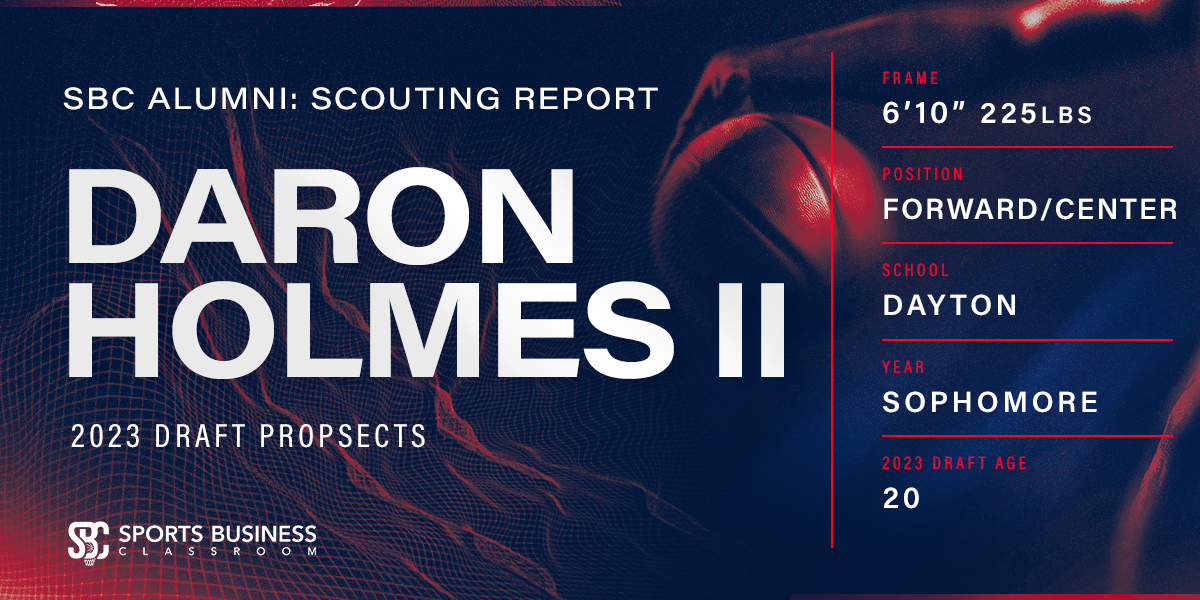
[The following scouting report is part of a series on potential 2023 draft prospects from Sports Business Classroom alumni.]
DaRon Holmes II
Frame: 6′ 10″, 225 lbs
Position: Forward/Center
Team: Dayton
2023 draft age: 20
Stats via: Barttorvik, ESPN, Youtube,
Offense
Holmes is an all-around big, capable of scoring from three levels. He was among the top six players for the A-10 Conference in offensive and defensive rating. His true shooting percentage of 62.1 ranked 14th of 60 Division I centers who played at least 60 percent of their teams’ minutes this past season. Of those 13 players ranked ahead of Holmes, just one, freshman Micah Handlogten of Marshall, was a fellow underclassman.
Starting 69 games over the past two seasons, Holmes is one of the more experienced underclassmen and players in the draft. He has a soft touch around the basket, evident by his 173 “close twos” on 71.5 percent shooting. Of the 170 Division I players who made at least 100 close-range two-point field goals, Holmes’ percentage ranks 30th, and just four of the 29 players ranked ahead of Holmes in makes.
Holmes’ offensive repertoire needs polishing if he wants to maximize his game at the next level, as competing against Atlantic-10 big men far differs from the physicality and skillset of NBA size. Since his outside shot is a work in progress, and while he is willing to step outside the paint and expand his range, the efficiency needs work. Of the 15 centers who have played at least 50 percent of their teams’ minutes and made over 50 two-point field goals outside of the paint, Holmes’ percentage of 39.5 ranked 14th. His willingness to expand his range is admirable, but his 129 attempts demonstrate a tendency to settle.
Holmes was one of 26 players who made over 50 dunks; of these 26, just Holmes and Ryan Kalkbrenner (Creighton) made at least six threes. The offensive versatility is there for Holmes; his jump shot is a work in progress, but he projects to eventually be a threat from the outside at the next level. As a sophomore, his free throw percentage increased from 58.6 to 66.9 percent, a promising sign that Holmes’ range will expand and develop.
Defense
Holmes is an active defender, leading his team in blocks and fourth in steals per game. He was willing to both defend along the perimeter and battle inside against opposing bigs. His block percentage ranked 29th of 111 Division I centers who played at least half of their team’s minutes. Of those 28 players ranked ahead of Holmes, ten had a better steal percentage, and just three committed fewer fouls per 40 minutes.
An enticing combination of power and finesse allows Holmes to defend well without fouling, hold his own against strong post-up players, and disrupt wings and guards by the three-point line. Holmes can switch through all five positions while maintaining good ball pressure and providing weakside help. Utilizing good fundamentals by keeping his hands straight up enables Holmes to contest shots on the perimeter and post moves down low.
His defensive rebounding percentage of 16.9, ranked 77th of the 111 players mentioned above, may be cause for concern but may be attributed to Holmes’ defensive aggression along the perimeter. Nevertheless, Holmes still averaged over eight rebounds per game, second on the team, and recorded 12 double-doubles.
Holmes was one of just six Division I players who played at least 50 percent of their teams’ minutes to have a block percentage above 6.5, a steal percentage above 1.4, and commit fewer than 2.5 fouls per 40 minutes. Of these five, Holmes was the only underclassman, demonstrating his high defensive IQ and production despite his age.
- At the 6:45 mark, Holmes switches onto a guard at the top of the key, deflects a pass to his teammate, runs the floor, and finishes strong against two defenders.
- 7:05, Holmes holds his own in the post, reaches without fouling, then keeps his arms straight up to block a shot.
- 7:43, Holmes picks up a guard along the perimeter, doesn’t bite on pump-fakes, blocks the shot, and proceeds to run the court the other way.
Looking Ahead
Holmes’s NBA potential as a starting big relies on improving his jump shot, which could open a starting forward/center position later in his rookie season in the right situation.
Holmes’ game translates well for the modern NBA; he can switch through all five positions, defend the lob, and run the floor on fast-break opportunities. As a weaker rebounder than many other prospects, Holmes’ draft potential will rely on his ability to defend and project as a stretch four or five.
Playing against just three high-major Division I programs this season, it remains to be seen how Holmes matches up against more NBA-caliber players. The three games occurred within the first month of the season, but in these games against NC State, Wisconsin, and Virginia Tech, Holmes averaged 13 points, 6.7 rebounds, 0.7 blocks, and 0.7 steals on a 43.8 percent field goal percentage, all losses.
While Holmes’ game still needs time to develop, the framework is there for Holmes to become a perimeter threat and offensive focal point. He’s patient in the post, can back down/rise above many forwards, and use his athleticism to face up and drive past paint defenders. Holmes has a decent shooting stroke, which should only improve, just as it has in college. His defensive versatility will earn him playing time as a backup big, and if Holmes can take advantage of his offensive opportunities, he may emerge as one of the elite big men from this draft class.


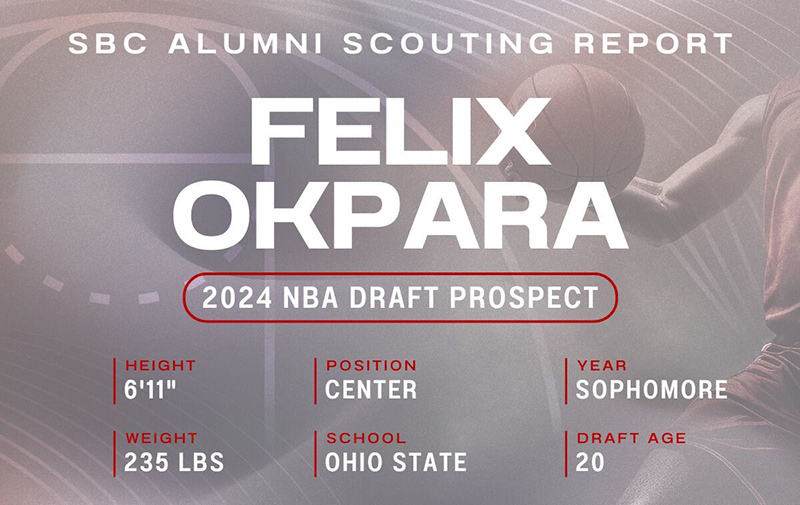
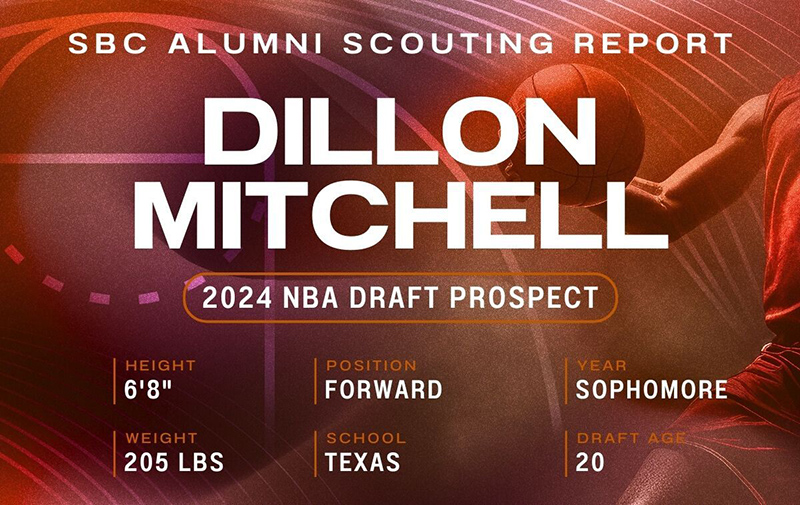
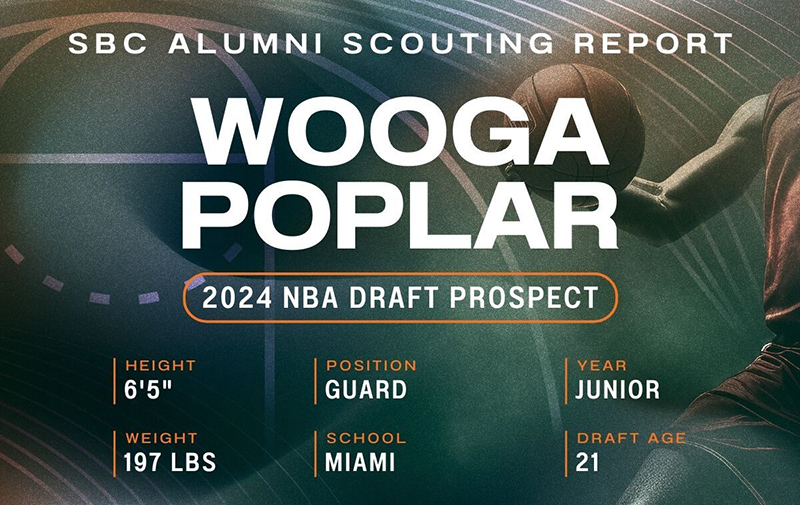
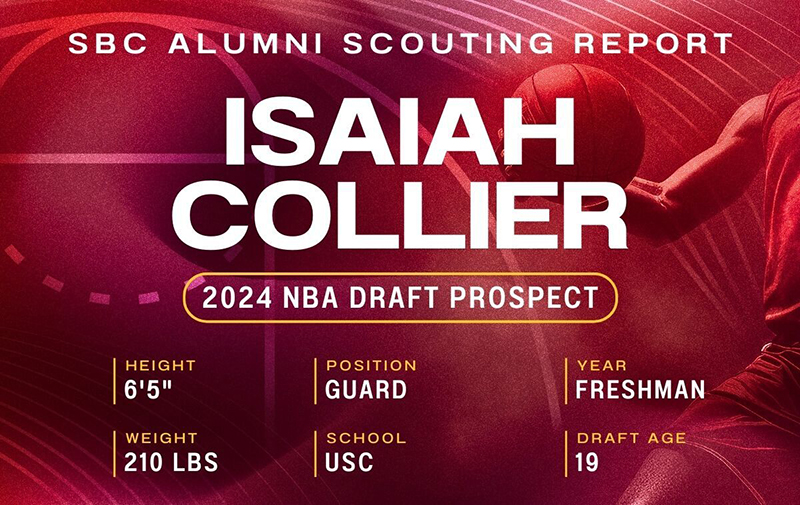
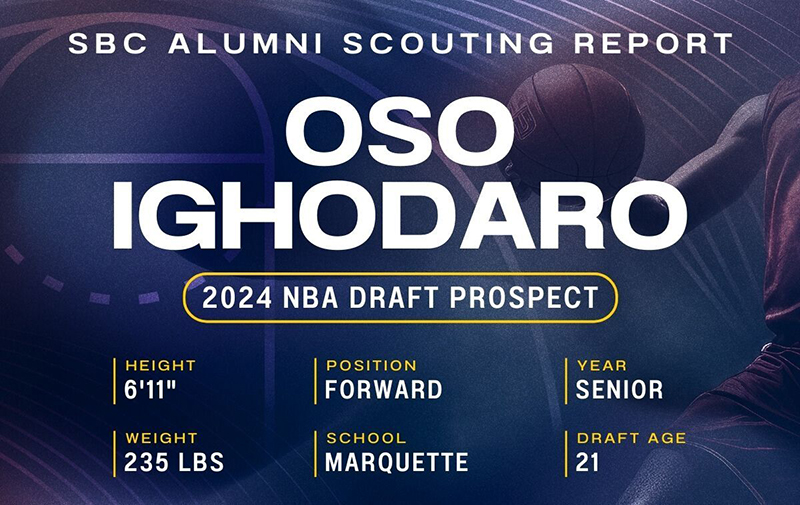
Leave A Comment